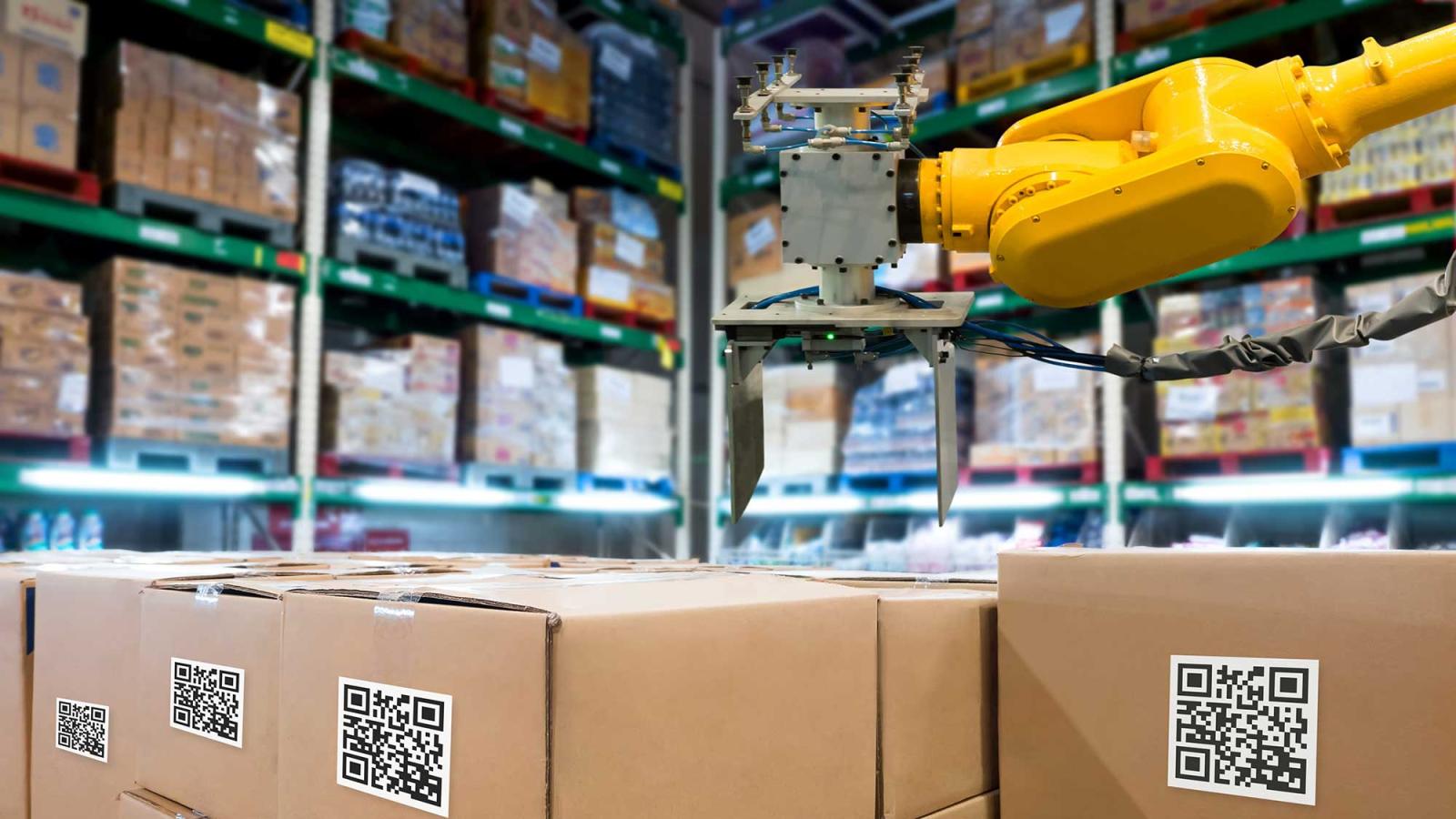
The Ever-Evolving Supply Chain


Nowadays, it’s hard to watch the news without hearing some mention of supply chain problems. Lubin Assistant Professor of Management and Management Science Pritha Dutta, PhD has spent much of her academic career studying this very topic—particularly, operational and strategical issues faced by supply chains, and sustainable supply chain management.
Dutta was kind enough to chat with Pace Now about a range of topics related to her expertise—from her current research interests, to what the average person should know about global supply chains, to why disruption and innovation makes this field an exciting one for young business students to join:
In regards to global and national supply chains, how have the 2020s been unlike previous decades?
When we think of supply chain, the idea is that it’s something linear. But it’s not; it’s more like an intricate network consisting of manufacturing facilities, warehouses, distribution centers, logistics companies etc. spread across the world. As we saw during the pandemic, disruption or delay in one link can have major impact on the entire network.
It became very evident, how vulnerable these networks can be. It also really brought to light the downside of global supply chains. We saw how relying solely on overseas suppliers can negatively impact supply chains.
The other main issue during these two years has been the labor shortage, which we are still talking about—not having enough people on the floors of factories, not having enough truck drivers to move materials from plants to warehouses, or to retail stores. The importance of labor in the efficient management of supply chains is undeniable.
The last thing I want to mention here is that we saw many businesses opting for omni-channel strategies—where you have the option to shop in the store, shop online or you can order online and pick-up in store. It gave consumers much more flexibility, which was needed during the lockdown. The pandemic forced many businesses to adopt an omni-channel strategy which they might not have had before—which requires an adjustment in the way businesses manage their supply chains.
What long-lasting effects do you think the COVID-19 pandemic might have on global trade and supply chains?
Over the years, companies were focused on making supply chains leaner—you don’t want to have excess inventory, you want to reduce costs, move your shipments only when it is needed or right before it is needed.
That’s something that will not work anymore. Companies are now moving toward the just-in-case model. You need to have excess inventory just-in-case there is a new disruption or demand surge.
Secondly, every crisis is an opportunity for innovation. The COVID-19 pandemic has pushed companies to be more innovative in terms of the technology they are using—better use of advanced analytics for demand forecasting, increasing supply chain transparency and traceability using technology like blockchain, internet of things etc.
And in regards to globalization—previously the focus was on outsourcing operations, specifically manufacturing, to South Asian and Southeast Asian countries to reduce costs, which has been a driving force for supply chain innovations in the past. But there has been a shift—conversations and discussions to moving things back on-shore.
This brings us to the discussion on the need for diversification of suppliers. Companies need to look at broader geographic diversification of their supplier base right now. Having some sort of capacity of production to meet the demand regionally will also be important. Definitely these are shifts we are seeing, and are here to stay.
When we think of supply chain, the idea is that it’s something linear. But it’s not; it’s more like an intricate network consisting of manufacturing facilities, warehouses, distribution centers, logistics companies etc. spread across the world. As we saw during the pandemic, disruption or delay in one link can have major impact on the entire network.
Why should the average person be informed about the workings of supply chains?
It affects all of us. More so for the common people, we care about costs. And if the costs rise for the producers—if it rises throughout the supply chain—it ultimately affects us.
Is it a good time to buy a car? Definitely not, because there are global chip shortages, which are affecting production of cars and subsequently prices of cars.
It’s also important I feel because we’ve become so used to the Amazon Prime two-day deliveries that when it takes a little longer we get restless and agitated. Throughout the pandemic that was a learning process for consumers as well—know when to place your order, understand you might not get something right away.
Furthermore, it’s helped us understand our consumer behavior. Collectively, we do so much mindless consumption, we don’t necessarily think about what goes on between us placing an order and the actual package being delivered. I am hopeful that it’ll make us more mindful of the way we consume. Instead of placing an order on Wayfair for a couch, why not check out your local market or thrift store?
Finally, it can make us more sustainable. Personally, the disruptions of the past few years changed the way I shop for groceries. During the lockdown, I switched to startups like Misfits Markets and Imperfect Foods for grocery delivery, which are also helping to reduce food waste. These are the innovative spaces supply chain disruptions have created.
Anything else you’d like to add?
In many of these sectors we’ve already seen that the issues are getting resolved slowly. But there are still some areas—in healthcare, for example, I’m sure you heard about the baby formula shortages—where there are issues. There might be some areas where there is longer-lasting impact. Not only COVID-19, but any geo-political event may cause disruptions in global supply chains. Supply chains have to be more resilient to be able to continue working effectively and efficiently even in the face of crisis.
What I want to say to students is that this is an exciting area—and it’s becoming more and more exciting because of these opportunities for innovation and looking at things differently. Get involved! It’s a great time to be studying this subject, and going into this field.
More from Pace
The Great Resignation. Remote Work. COVID-19 and the future of work. You’ve heard it all, but what does it mean? Talent Management expert Ibraiz Tarique, PhD, breaks down the ever-evolving relationship between employers and the people who truly make workplaces tick.
Through Digital Trash, an augmented reality art exhibit, Professor Will Pappenheimer and his mobile media students are elucidating an often-unseen problem in a truly innovative way.
Through her documentary film, How to Power a City, Dyson Professor Melanie LaRosa explores the people leading initiatives that are helping to bring clean energy to cities across the country.


